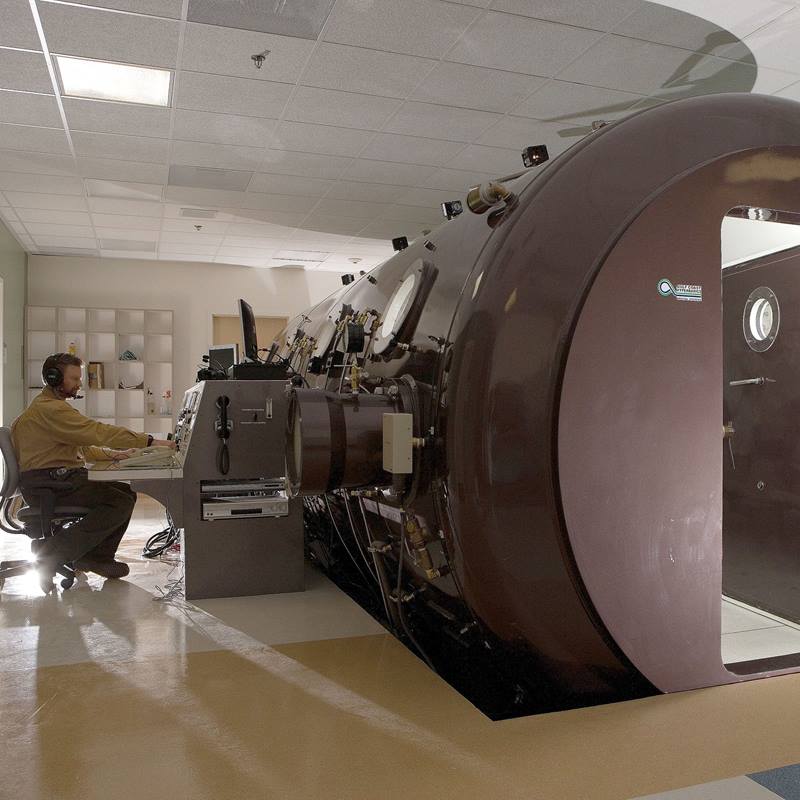Use Intermountain Connect Care®
Learn More.
How can we help?

“During each of the last two years, we’ve had nearly 30 patients come for hyperbaric oxygen therapy after CO exposure in the winter months,” said Marc Robins, DO, Utah Valley Hyperbaric Medicine Clinic. “We’d love to see that number decrease, but this winter we’ve already treated several significant CO exposure patients and could easily match our numbers from the recent past.”
Hyperbaric oxygen therapy lowers the amount of carbon monoxide in the blood, but more importantly, it reduces carbon monoxide bound to other tissues like the brain and heart. This can reduce the risk of long-term brain damage and other possible complications. But, the best medicine is always prevention.
“Most of the exposures to CO come from the exhaust of heaters, cars and other fuel operated machinery, like power tools, being used in poorly ventilated spaces,” said Dr. Robins. In the last several weeks, the clinic has seen exposures ranging from workers driving a forklift indoors to a family using a propane heater in the garage.
Dr. Robins warned the symptoms of CO poisoning can be similar to the flu and people may not consider carbon monoxide as the cause. “Be suspicious if everyone in the home comes down with flu-like symptoms at the same time, especially without fevers,” he said.
Below are some of the common signs and symptoms of CO poisoning. If you suspect carbon monoxide exposure, move outside to fresh air and seek immediate medical attention.
Dr. Robins encouraged everyone to follow these safety tips to avoid CO exposure: